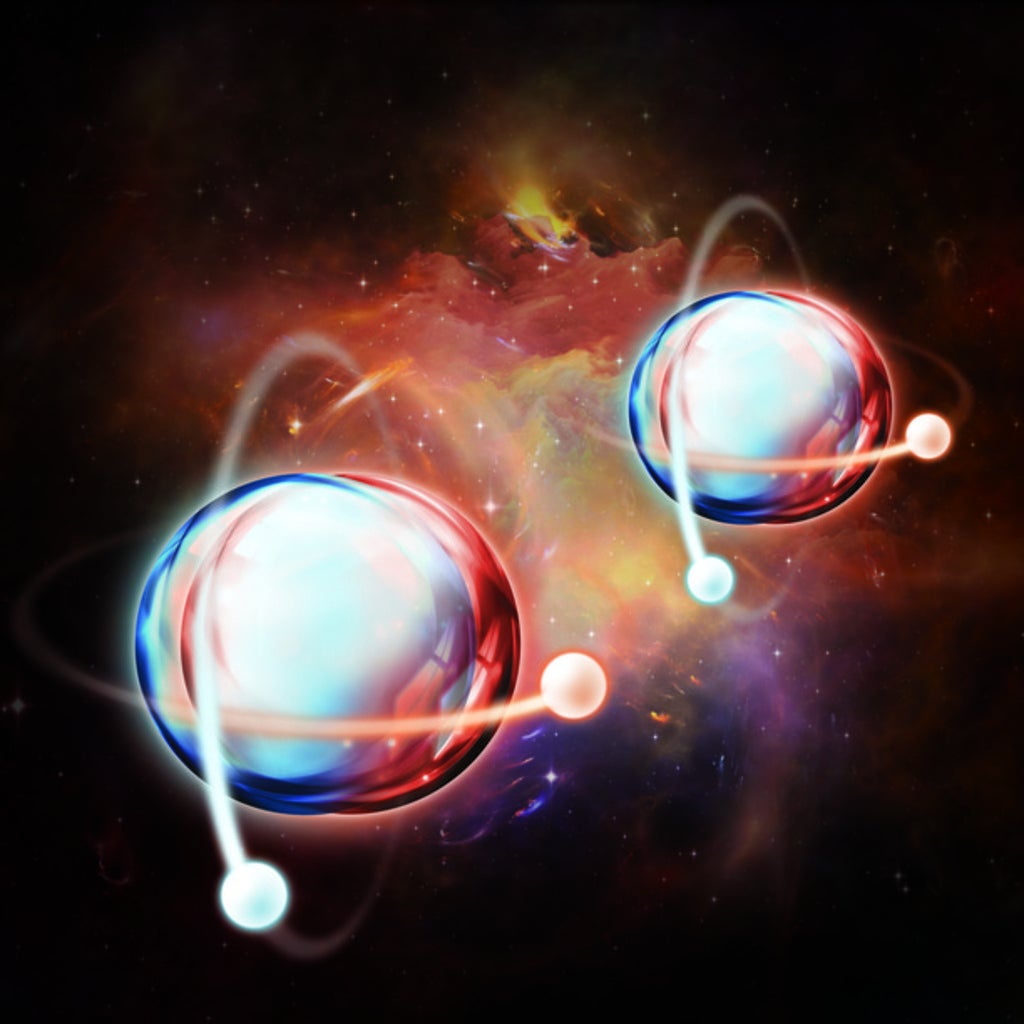Seminar featuring Professor Richard Curry, University of Manchester
The ability to engineer the electrical, optical and magnetic properties of advanced materials on the nanoscale is of increasing importance to the development of future technologies. One approach to achieving this is through impurity doping, with increased control over the spatial resolution and isotopic purity enabled by the development of dedicated tools. In this talk the 'P-NAME' tool will be described, and the underlying principle surrounding its application for the development of doped systems for quantum technologies including qubits presented. cont.
